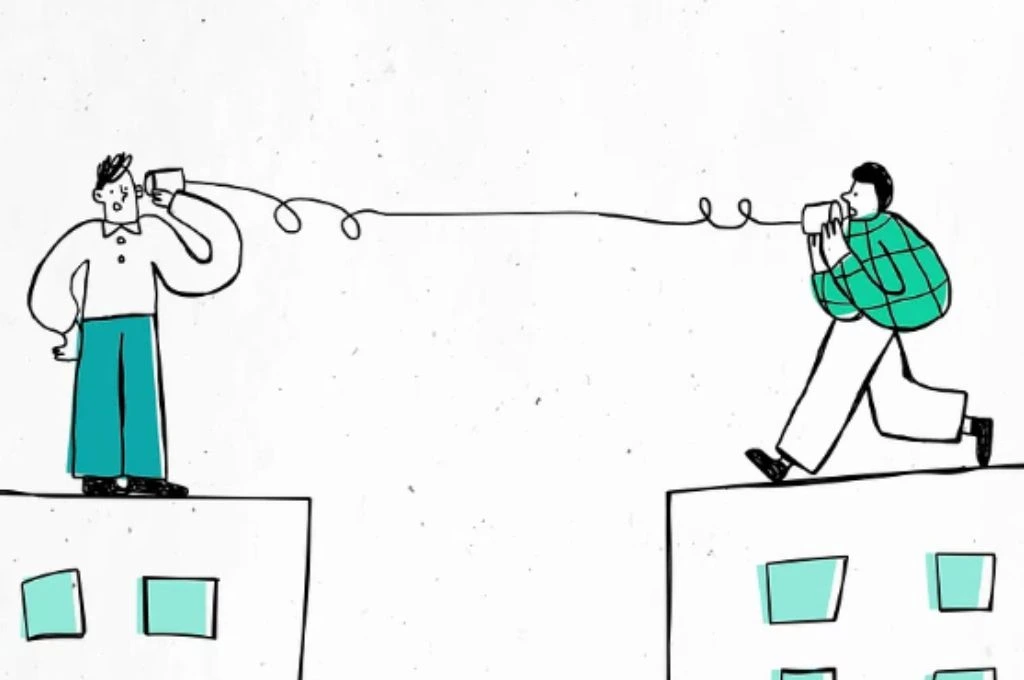As an organisation that has been working on disability for the past 30 years, Latika operates using a strengths-based approach: When we meet disabled kids and their families, we focus on what’s working and then build on that. We never lead with the problem.
This doesn’t mean we ignore the problem. We aren’t pretending that a child’s difficulties can be sorted out with a positive attitude and a sunny smile. The world disables many people, and it takes all the creativity and skill of our team to help families find ways to thrive. But we begin with the strengths, not with the gaps or challenges.
So why then do we resort to leading with the worst possible scenario when we pitch our work to funders or the general public? How often have you come across or even written a line like this: “Imagine growing up in a world where opportunities are scarce and denied to you, not because you’re not good enough, but because you were born a girl!”
We see such sentences all the time and have been guilty of writing a few ourselves. Indeed, shock, outrage, and a sense of moral superiority are hallmarks of development communication.
As a sector, we are conditioned to lead with the problem statement. Our donors train us to cultivate this approach in the formats they provide for proposals and pitches; fundraising experts do the same. Their advice: Tell your audience what’s wrong in the most dramatic way possible, then tell them why you’re the one to fix it.
And they’re not mistaken. Problem statements are effective. Their laser focus on the core issue ensures that the problem is what we will remember. But while it may work in the short run, ultimately it doesn’t serve our causes well. By framing our stories in stark, black-and-white terms, we ignore the courage and resourcefulness of the people we work with and deny how much positive change has already occurred.
The alternative
Trabian Shorters, a US-based social entrepreneur, refuses to introduce people based on their limitations and problems. Focusing on people’s aspirations and contributions rather than on their challenges, he calls his approach ‘asset framing’. “The fact of the matter is we all want the same things. And deficit narratives and stigmatisation are preventing us from seeing each other as assets. Philanthropy has a responsibility not to reinforce that. In fact,” he says, “we must reinforce a narrative that says that we all actually have shared interests.”
Consider how in 2016 Viklangjan Sashaktikaran Vibhag (Department of Empowerment of Persons with Disabilities) was officially renamed to Divyangjan Sashaktikaran Vibhag, replacing the term viklang (disabled) with divyang (divine). A plea in the Madras High Court (which was quashed) was entered against the use of the term divyang, because disabled people were not asked to participate in discussions surrounding it, and they do not want to be considered ‘divine entities’.
But why label them ‘divine’ to begin with? Doing so puts disabled people on a pedestal, while simultaneously excluding them from the rights and privileges that able-bodied or neurotypical people consider their due. The ‘shared interests’ Shorters refers to include education, healthcare, jobs, and access to public spaces—all currently out of reach for most disabled people.
Rather than label them ‘divine’, let’s analyse how the environment perpetuates their exclusion and address these barriers. This shift in focus gives us new insights and changes how we plan, fund, and build confidence in our cause.

Why do we lead with the problem?
While considering how to break our habit of focusing on problems, we must also try to understand why so many of us prefer deficit thinking.
1. Perceptions over facts: It’s easy to focus on the negative to raise funds and create awareness—because we’re trained to do so. But when we do that, we fail to look at what’s working. Take, for example, the fact that life expectancy and child mortality have improved in India.
2. There is only so much pie: Whatever our cause is, we believe we’re in competition with other nonprofits for money and attention. Painting a really bleak picture seems more likely to make us stand out with donors, policymakers, and the public.
3. Urgency: We learned this from the advertising industry—make your customers feel that if they don’t buy it now, it won’t be here tomorrow. The more desperate the messaging, the higher the chances that our audience will respond.
Changing the story
Can we unlearn our problem-focused approach? Shorters has a simple three-point plan to shift from deficit thinking to asset framing:
1. It’s not what you say, it’s how you think
Are you imagining people the way you might a niece or a nephew, considering their potential, their aspirations, and their dreams? It is important to visualise what the world will be like once the problem is solved and to think of solutions that will make this happen. When a disabled child joins Nanhe, our early intervention centre, we picture them from day one with friends, with a school bag, with happy parents. We’re not looking for an unrealistic ‘cure’, but for a child who is participating joyfully in their world, and then we work to make it a reality.
2. Don’t start with the problem
It’s crucial to describe the need to remove the barriers in people’s way, but we don’t begin there. While fundraising for a bus, for example, we started by saying how many disabled children are left out of school in India largely due to lack of transport. After asset-framing it, we wrote this: “Disabled children love school! Like other kids, they want to make friends, learn to read, and play sports. But many of them can’t attend school regularly because transportation is such a challenge.”
3. But don’t ignore the problem either
If we don’t think carefully about what is getting in the way of people’s dreams, we legitimise the genuine systemic challenges they face. Disabled children routinely fail in mainstream schools not because they are stupid, but because teachers aren’t trained to teach them in a manner that helps them learn. That’s not existential, it’s systemic. Once we recognise these systemic challenges, we can work towards reducing them.
From a close-up to a wide-angle lens
So instead of saying, “Imagine growing up in a world where opportunities are scarce and denied to you, not because you’re not good enough, but because you were born a girl!” why not try this instead:
“In low-income countries, 89 percent of girls are enrolled in primary school, and educating girls is said to be ‘one of the world’s best-ever ideas’. But boys still outnumber girls in completing primary school and enrolment in high school and college, and women in boardrooms remain the minority. With your support they can complete their education and take their rightful place in this world.”
By using such language, we’re accurately defining the problem in a way that acknowledges our collective progress while still presenting practical solutions for the problems that remain.
Although asset framing is about changing the way we think and not just how we speak and write, words still matter. At Latika, we’re meticulously going through our brochures, proposals, training material, and website looking for deficit thinking. It’s embarrassing to admit how much we’ve found.
Here’s one example: “Difficulty in communicating their wants and needs, sensitivity to sensory stimuli, and a need for predictability can cause autistic children to feel overwhelmed in situations and result in meltdowns, which they find very hard to control.”
After a lot of discussion, we realised we were missing crucial truths. Our responses to autistic children are conditioned by our own views on acceptable behaviour, yet in many ways, autistic kids—being less worried about ‘acceptability’—have much to teach us. Asset framing has humbled us enough to see how much we have to learn.
Today I write the same statement this way: “Autistic children communicate in unique and creative ways, including sharply negative responses to the chaos and sensory overload that neurotypicals have desensitised themselves to. In many ways, they are the canaries in the mineshaft.”
Like good detectives, let’s track down the deficit thinking on our websites, proposals, training materials, and documents, but most of all in our own minds. Let’s use what we learn in the process to question our own assumptions and conclusions, and stop making our causes seem so dire that the public loses hope and refuses to act at all.
—
Know more
- Read this article to understand how to get your nonprofit communications right.
- Read this research paper to learn more about the nonprofit approach to asset-based language.





